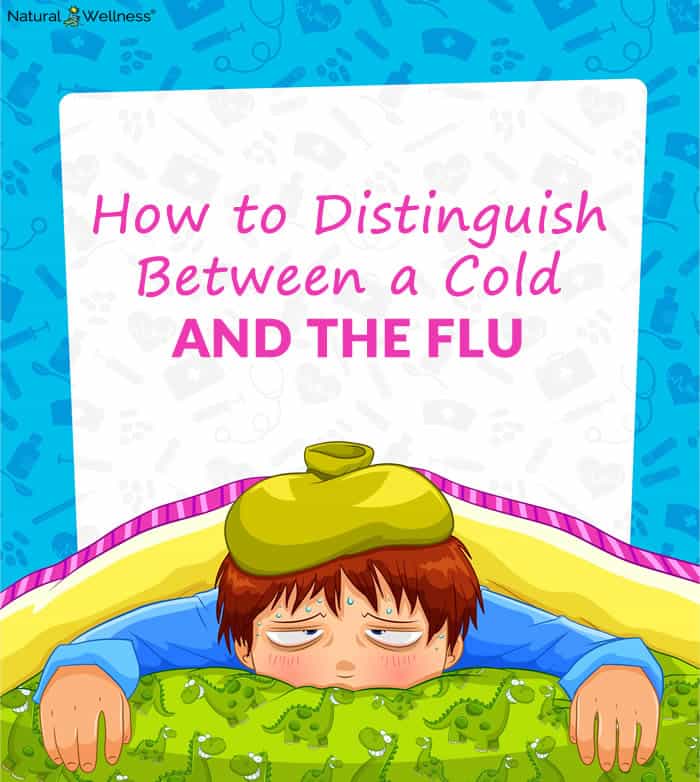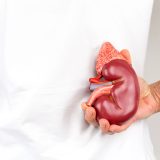

You know that feeling when you are getting sick? The feeling you get when you are coming down with a cold – or worse – the flu. Your eyes feel watery, your nose is getting stuffed up, the pressure is building around your eyes, and you have that weird tingle in the back of your throat. You just know you are coming down with something. But is it just a head cold…or could it be the flu?
Colds and flu are caused by viruses and bacteria that are spread through coughing and sneezing. Small droplets of mucus are expelled, landing on surfaces that others touch and then contract by touching their own mucus membranes like their eyes, nose or mouth.
The Common Cold
The common cold is accompanied by these symptoms and lasts about 7-10 days:
- sneezing
- runny nose
- coughing
While colds can be caused by bacteria and viruses, most colds (50%) are caused by viruses such as rhinoviruses, making antibiotics useless. Colds tend to involve significant sinus pain and congestion. Sinus infections often occur in conjunction with colds.
The Flu
The flu, however, is caused by different virus types (influenza) and symptoms are much more severe.
Flu symptoms typically come on fast and include:
- high fever
- chills
- muscle and joint aches
- fatigue and exhaustion
Both colds and the flu can develop into more severe respiratory conditions such as pneumonia, which can include chest pain, shortness of breath, and difficulty breathing. Pneumonia can be very dangerous, especially in the elderly or in children.
Treatment
Treating colds and flu means getting plenty of rest and drinking plenty of fluids. Pain relievers such as aspirin, acetaminophen, or ibuprofen may reduce fever and the aches and pains associated with the flu, while an over-the-counter decongestant may help alleviate the sinus pressure associated with the common cold. Another option to help clear your nasal congestion is Sinus Clear. Not only will it allow you to breathe clearly, but Sinus Clear also helps stimulate your immune system to fight off infection and promote your overall health.
Most people get between 4 and 6 colds per year, but by disinfecting surfaces (like computers, desks, door handles, and phones), washing your hands, and avoiding people who are sick it is possible to reduce the chances of becoming infected.
Editor’s Note: Help your body defend itself with Immune System Support! Immune System Support is a comprehensive formula that contains essential vitamins and minerals specifically chosen to protect, support and boost your immune system. Learn more.





